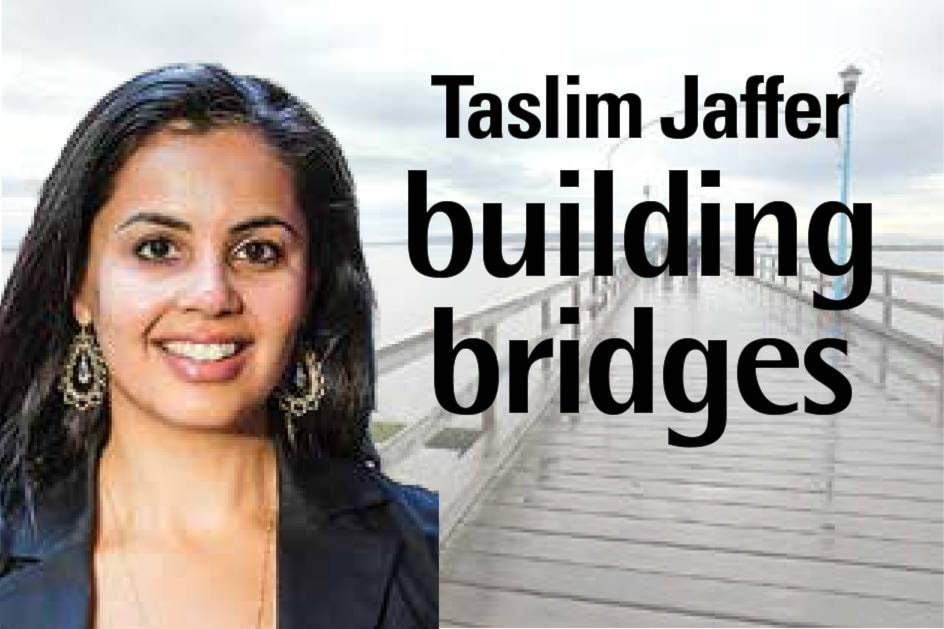‘Why are we called East Indian when we are from Gujarat?”
Upon discovering that the state my ancestors are from is actually located on the west coast of India, I asked my dad this question as a school-aged child.
My recollection of his exact words is fuzzy but I internalized the phrase, “Columbus took a few wrong turns.”
Today, decades later, I decided to look up the historical reasoning behind it all. What I found was less ‘reasoning’ and more just an expansion on the blunders of European explorers and colonizing powers.
My research was kick-started by a question someone asked me on Twitter about the difference between the terms East Indian and South Asian. I knew that the latter was a more recent category and more accurate, but I didn’t know how to articulate this.
I came across a handy reference on encyclopedia.com that went into detail of what was considered the East Indies (and how it broke down into the British East Indies, the Dutch East Indies and the Spanish East Indies), and how pretty much everyone Columbus stumbled upon was called an Indian.
To differentiate, markers like East, West and horribly, Red, were created.
As a child, ‘East Indian’ was a mystery to me. I spent my early childhood in Victoria where I went to school with and was in contact with many First Nations children. I heard them being called ‘Indians’ and I, at age six, couldn’t wrap my head around it.
I knew that we weren’t the ‘same’ Indian, but that didn’t clear things up for me at all.
In my later schooling years on the mainland, when there was a shift from Native/Red Indian to First Nations or Indigenous, the world started to make a little more sense to me.
Then I befriended someone whose family was from Trinidad & Tobago. They were West Indian. But not Indian. And the picture blurred a little more.
I think I’ve sorted it out with some research and, as painful as it was to keep it all straight, encyclopedia.com came through for me. Things are way more in focus now.
As an adult, I referred to myself as East Indian until Indo-Canadian came along, and now I’ve switched to the term South Asian. The latest moniker refers to all the countries in the Indian subcontinent which include Pakistan, India, Bangladesh, Nepal, Sri Lanka, Bhutan and Maldives.
Yes! I found my ancestral country in that list.
While we can’t do anything about the fact that for centuries people were misnamed at the whim of foreign powers, we can certainly try to understand the history and then make an effort to use more accurate terms.
I know this can get confusing and maybe even frustrating. Nobody wants to offend anybody else by categorizing them incorrectly.
A couple of things will solve that, if you really need to use a category:
1. Ask someone if and how they identify with a particular term; and
2. If someone miscategorizes you, just think of it as an opportunity to build bridges without making it personal.
After all, if I had to look up my own history, I’m going to go easy on anyone else who is still learning.
Columnist Taslim Jaffer writes monthly on multicultural connections.
